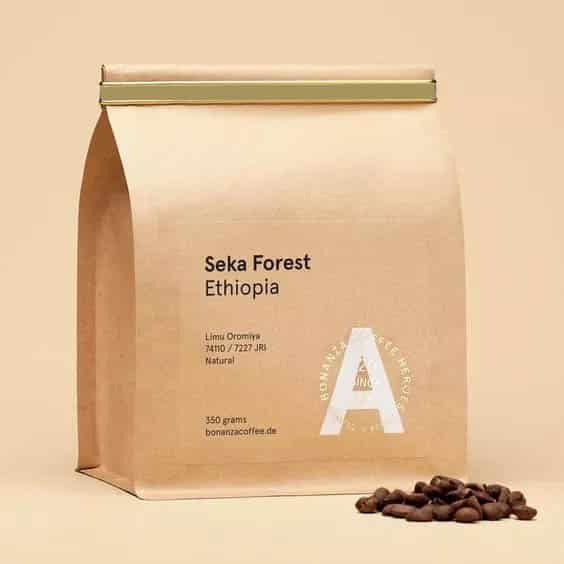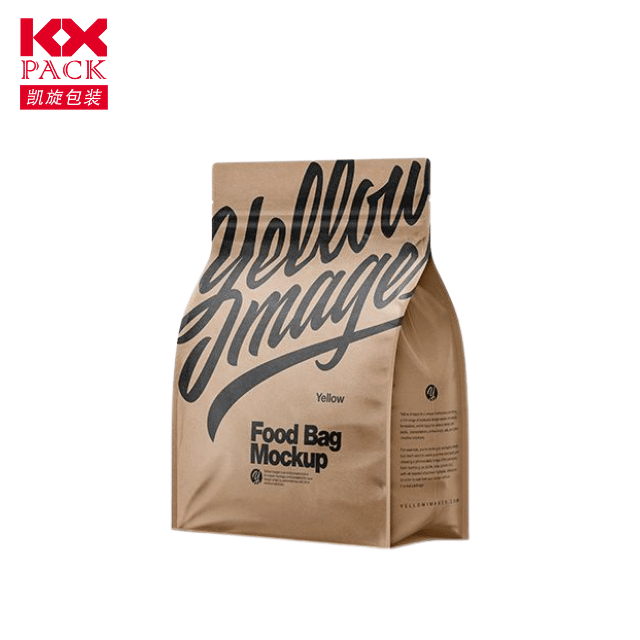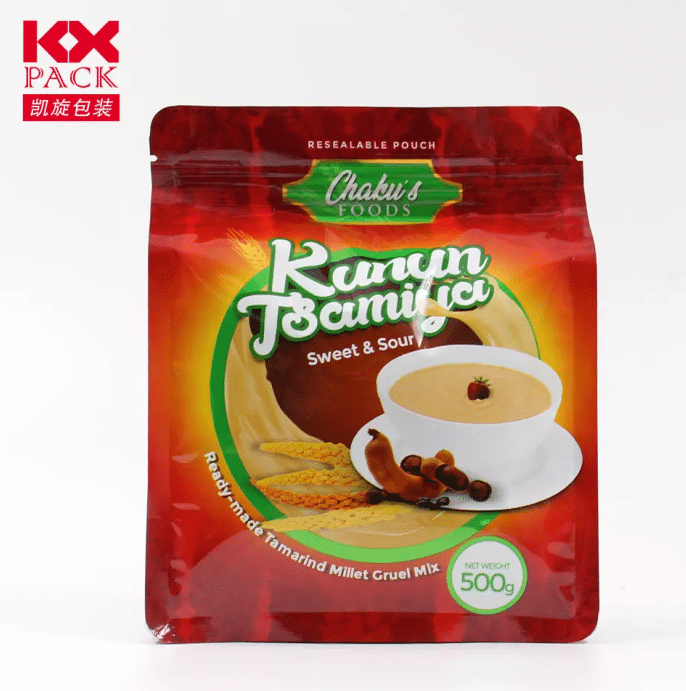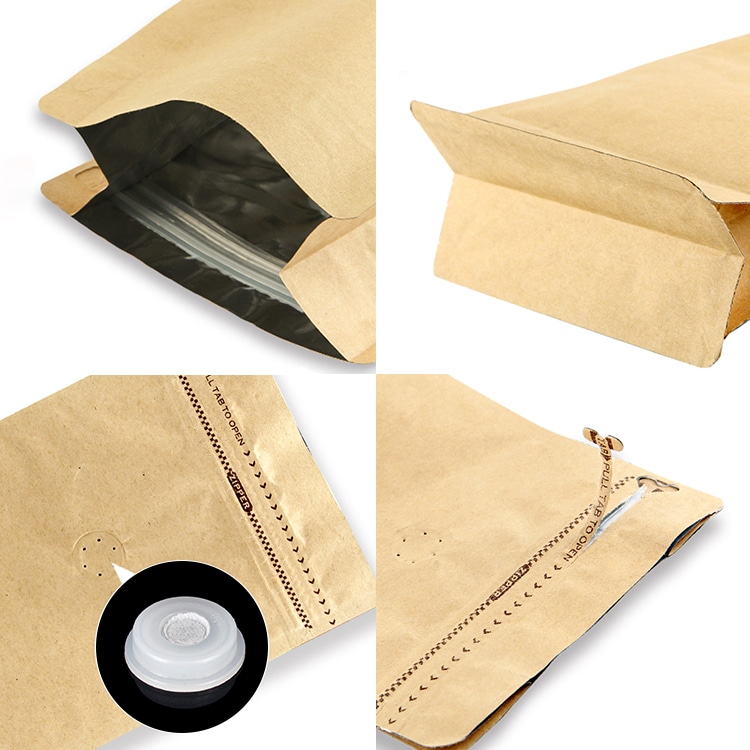How to Choose a Coffee Bag: Material, Sealing, and Design Considerations
How to Choose a Coffee Bag: Material, Sealing, and Design Considerations
I. Introduction
Whether you’re the founder of a coffee brand, or a consumer who loves coffee, choosing the right coffee bag is a critical step in maintaining the best coffee beans. Choosing a suitable coffee bag not only protects coffee beans from moisture, light, and oxygen to ensure freshness, but also draws consumers’ attention on the shelf, helping the brand stand out. This article will detail three main factors to consider when choosing a coffee bag: material, sealing, and design.

II. Material of Coffee Bags
Material plays a vital role in preserving coffee beans. Let’s explore some common coffee bag materials.
First, polyethylene coffee bags have excellent antioxidant and moisture resistance, high strength, wear-resistant corrosion-resistant, and relatively low cost. However, from an ecological perspective, polyethylene is not easily degradable, making it less favored by some consumers.
Second, aluminum foil coffee bags extend the shelf life of coffee due to their outstanding barrier to oxygen, moisture, and light. However, its cost is relatively high which may increase packaging costs.
Kraft paper bags rank highest in terms of environmental factors, but they have poorer moisture-proof capabilities compared to polyethylene and aluminum foil.

III. Importance of Sealing in Coffee Bags
A reasonable and effective seal on a coffee bag is crucial for maintaining the freshness and quality of coffee beans. Different sealing methods have their unique advantages.
Heat sealing technique provides a reliable seal for coffee bags to prevent air and dust effectively. However, once opened, it cannot be effectively resealed.
On the other hand, zip lock bags or tin ties offer consumers a resealable option, which allows effective protection of coffee beans after opening the packaging. But the production costs increase accordingly.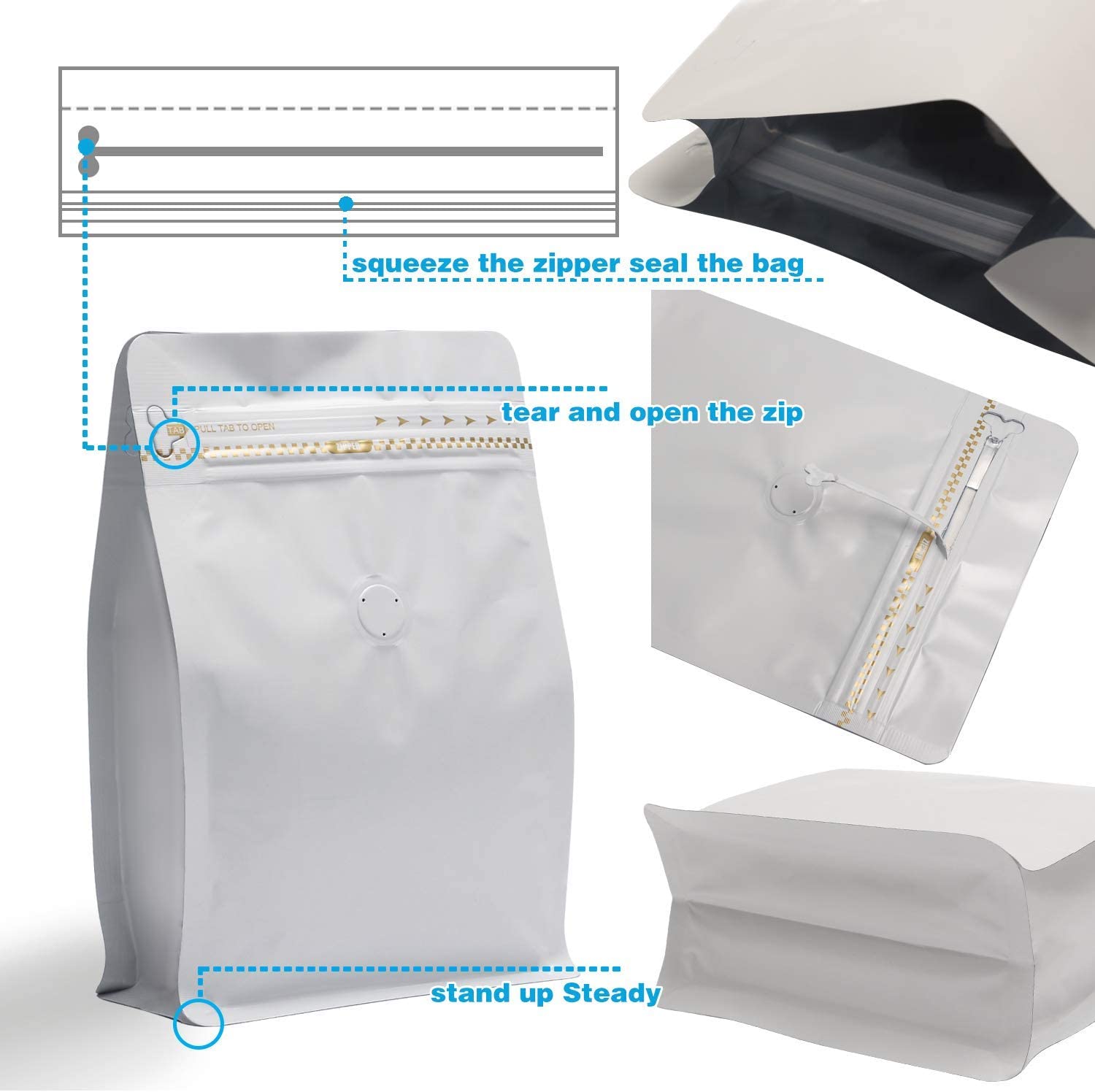
IV. Design Considerations for Coffee Bags
The design of a coffee bag forms an essential part of the brand image transmission and marketing. There are many factors to consider when designing coffee bags.
For example, the packaging size should be customized according to the amount of coffee and consumer preferences. Single-serve small packages are suitable for consumers who consume smaller amounts of coffee or want to try new flavors, while larger packages are suitable for office or home use.
Choices of shape include stand-up pouches, side-gusset bags, quad-seal bags etc, depending on product characteristics, shelf display needs, and transport space utilization.
For color and label design, you may need to find a professional designer to ensure the visual effects of the bag and the accurate transmission of information. Color combinations and label designs can reflect the brand’s personality and tonality, attracting consumers’ attention.

V. Environmental Consideration
As consumers’ awareness of environmental protection is increasing, brands choosing to use biodegradable or recyclable coffee bags are favored by increasingly more consumers. For many brands, ecological factors are becoming an unignorable factor in choosing coffee bag materials.
VI. Conclusion
Overall, choosing to buy a certain type of coffee bag is not a one-size-fits-all situation. Instead, it requires balancing various considerations, such as material, sealing method, design, and personal or brand environmental ethos, to make a decision that best suits yourself. It is hoped that understanding these factors will help you find the coffee bag that suits you best.
VII. Frequently Asked Questions
In this section, we address some common questions about coffee bags, including questions about price, brand, where to buy, etc. We hope this information can help you make a wiser decision when choosing.


